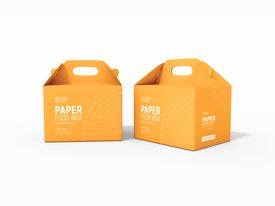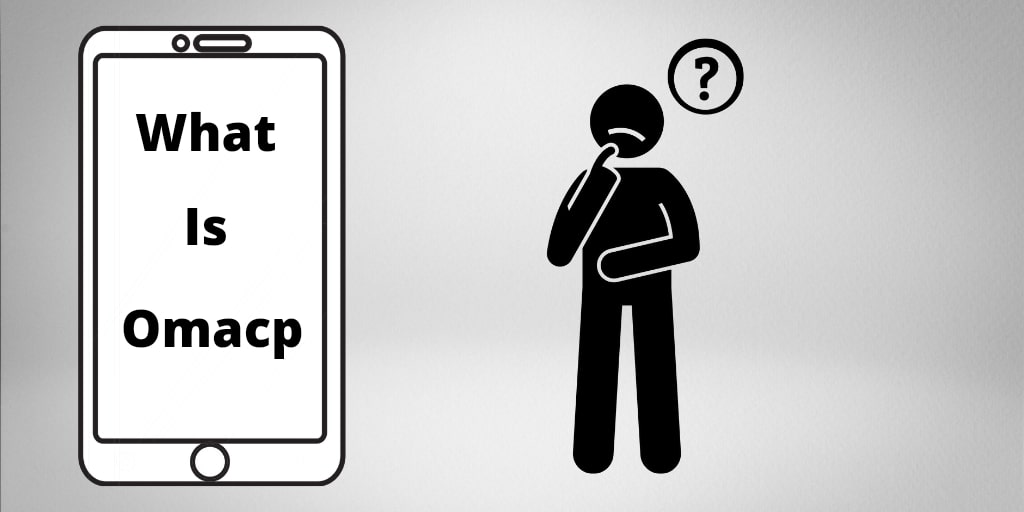General
Reduce Environmental Impact with Sustainable Packaging

In today’s world, where environmental issues are of paramount concern, businesses have a responsibility to minimize their impact on the planet. One area where companies can make a significant difference is through the use of sustainable packaging. By adopting eco-friendly packaging materials and practices, businesses can contribute to reducing waste, conserving resources, and protecting the environment for future generations. This article explores the concept of sustainable packaging and its benefits while providing insights into various
Introduction
In recent years, there has been a growing global concern over the environmental impact of packaging waste. From excessive use of plastic to inefficient design, traditional packaging methods have taken a toll on the environment. To address this issue, businesses are increasingly turning to sustainable packaging solutions that minimize waste, conserve resources, and promote a circular economy.
Understanding Sustainable Packaging
Sustainable packaging refers to the use of materials and design techniques that have a reduced impact on the environment throughout their lifecycle. It focuses on three key pillars: source reduction, material selection, and end-of-life management. By adopting sustainable packaging practices, companies aim to minimize waste generation, promote recycling and reuse, and choose materials that are renewable and biodegradable.
Benefits of Sustainable Packaging
Implementing sustainable packaging practices brings numerous benefits to both businesses and the environment. Some of the key advantages include:
- Reduced Environmental Footprint: Sustainable packaging minimizes the use of non-renewable resources, decreases greenhouse gas emissions, and reduces waste generation, thereby helping to mitigate climate change and protect ecosystems.
- Enhanced Brand Reputation: Consumers are increasingly conscious of their environmental impact and actively seek out businesses that prioritize sustainability. Adopting sustainable packaging can enhance brand reputation and attract eco-conscious customers.
- Cost Savings: While sustainable packaging materials may have higher upfront costs, they often lead to long-term cost savings through reduced material usage, transportation costs, and potential fines for non-compliance with environmental regulations.
- Legal Compliance: With stricter regulations regarding packaging waste and environmental impact, businesses that embrace sustainable packaging are better positioned to comply with current and future legislation.
Strategies for Implementing Sustainable Packaging
To integrate sustainable packaging into their operations, businesses can consider the following strategies:
Reduce Packaging Material
One of the fundamental principles of sustainable packaging is source reduction. By minimizing the amount of packaging material used, companies can reduce waste and conserve resources. This can be achieved by optimizing package design, eliminating unnecessary components, and adopting lightweight materials without compromising product protection.
Use Recyclable and Biodegradable Materials
Choosing recyclable and biodegradable materials is crucial for sustainable packaging. Materials like cardboard, paper, glass, and certain types of plastic can be easily recycled, reducing the need for virgin materials. Biodegradable packaging materials, such as plant-based plastics or compostable materials, offer environmentally friendly alternatives that break down naturally over time.
Optimize Packaging Design
Thoughtful packaging design plays a vital role in sustainability. By designing packages that are efficiently sized, companies can maximize space utilization, reduce transportation costs, and minimize overall environmental impact. Innovative design techniques, such as nesting or collapsible packaging, can further optimize space and improve sustainability.
Embrace Minimalist Packaging
Minimalist packaging focuses on simplicity and reducing excess packaging. By eliminating unnecessary layers, inserts, or decorative components, businesses can reduce material consumption and waste. Minimalist packaging not only reduces environmental impact but also offers an aesthetically pleasing and modern look.
Explore Alternative Packaging Solutions
Innovative alternatives to traditional packaging materials are emerging. Companies can explore options like mushroom-based packaging, seaweed-based films, or even edible packaging. These alternatives provide eco-friendly options that are biodegradable, renewable, and minimize the use of harmful materials.
Examples of Sustainable Packaging Success Stories
Many companies have successfully implemented sustainable packaging strategies. One notable example is Patagonia, an outdoor clothing and gear company. Patagonia introduced a “Reuse, Repair, Recycle” program that encourages customers to repair or exchange worn-out products instead of buying new ones. This initiative reduces waste and extends the lifespan of their products, contributing to a more sustainable approach.
Challenges and Limitations of Sustainable Packaging
While the adoption of sustainable packaging is crucial, it comes with its own set of challenges. Some limitations include:
- Higher Costs: Sustainable packaging materials and design techniques may have higher upfront costs compared to traditional options. However, the long-term benefits often outweigh these initial expenses.
- Supply Chain Complexity: Implementing sustainable packaging may require changes throughout the supply chain, including sourcing, manufacturing, and distribution. Collaboration with suppliers and partners is essential to overcome these complexities.
- Consumer Perception: Shifting to new packaging materials or designs can sometimes confuse or even deter consumers. Educating and raising awareness about the benefits of sustainable packaging is necessary to overcome resistance and gain customer acceptance.
The Future of Sustainable Packaging
As sustainability becomes a top priority globally, the future of packaging lies in adopting innovative and eco-friendly solutions. Advancements in materials science, such as bio-based plastics and advanced recycling technologies, will pave the way for even more sustainable packaging options. Collaboration between businesses, governments, and consumers will be crucial in driving the adoption of these solutions.
Conclusion
Sustainable packaging offers a pathway for businesses to reduce their environmental impact and contribute to a more sustainable future. By implementing strategies like source reduction, using recyclable and biodegradable materials, optimizing packaging design, embracing minimalism, and exploring alternative solutions, companies can play a vital role in reducing waste, conserving resources, and protecting the environment.
-
Blog1 year ago
MyCSULB: Login to CSULB Student and Employee Portal – MyCSULB 2023
-
Android App3 years ago
Cqatest App What is It
-
Android1 year ago
What Is content://com.android.browser.home/ All About in 2023? Set Up content com android browser home
-
Software2 years ago
A Guide For Better Cybersecurity & Data Protection For Your Devices
-
Latest News2 years ago
Soap2day Similar Sites And Alternatives To Watch Free Movies
-
Android2 years ago
What is OMACP And How To Remove It? Easy Guide OMACP 2022
-
Android3 years ago
What is org.codeaurora.snapcam?
-
Business2 years ago
Know Your Business (KYB) Process – Critical Component For Partnerships





















